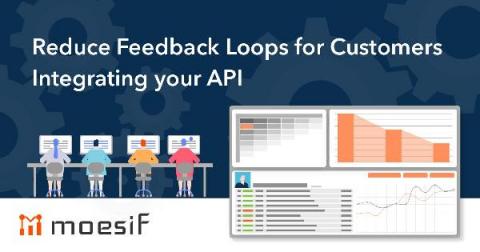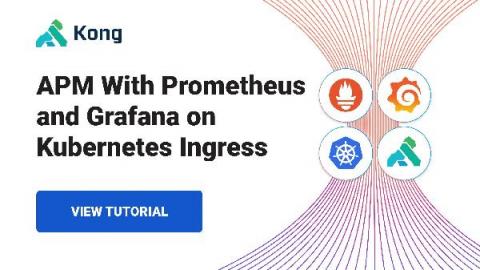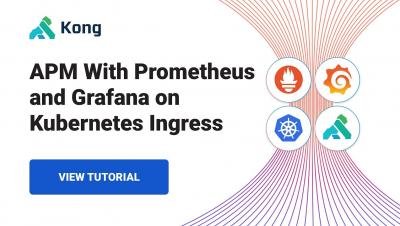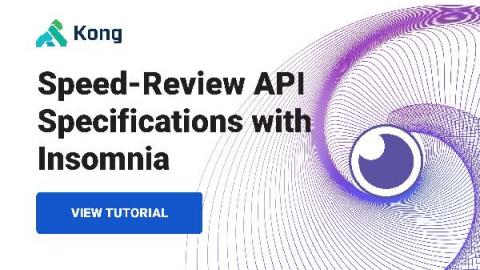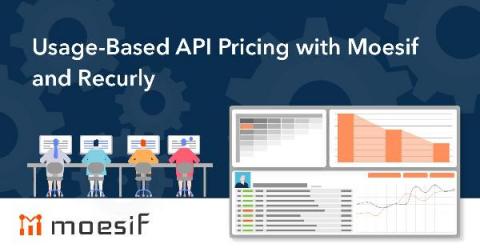Reduce Feedback Loops for Customers Integrating your API
We can all remember a time when we had a negative experience with a platform service. Perhaps we ran into a set of reoccurring errors or the platform was unreliable and continually crashed. The classical example of this might be the early days of Apple Maps. In any case, the common thread of these experiences is the feeling of frustration from valuable time lost, resulting in a tarnished relationship with the product. Thankfully, in the world of APIs, customer-facing teams have taken note.


